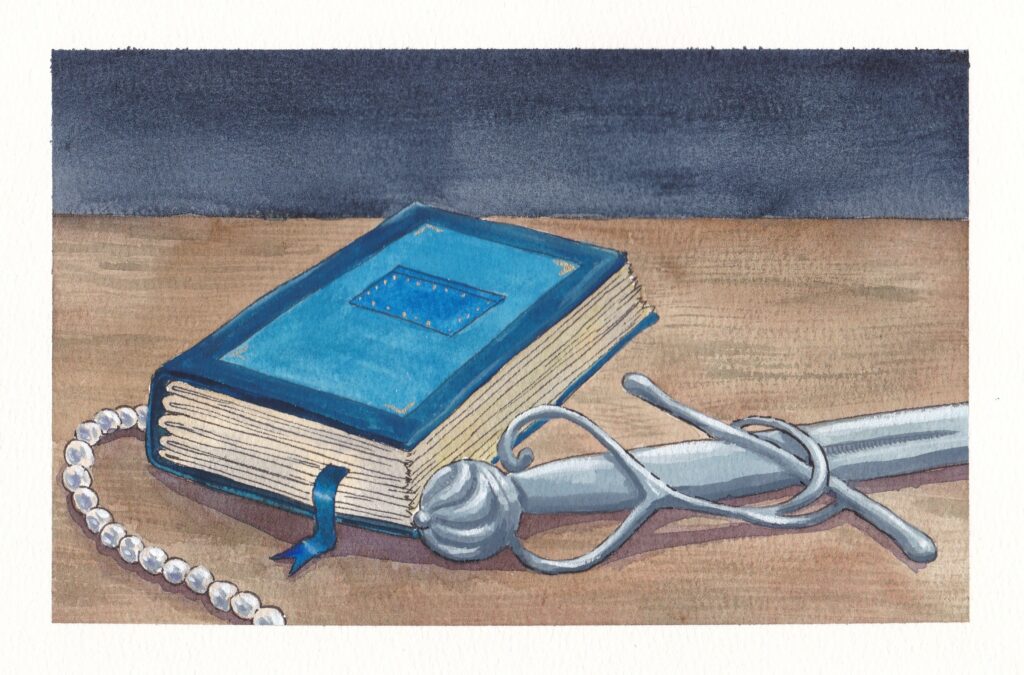Alright, all you oenophiles, your day has come. Not that wine enthusiast have been saving themselves, but National Wine Day is upon us, which means anyone who enjoys a taste of vino will also have an opinion to share on the subject.
As far as holidays go, National Wine Day—May 25th—doesn’t get the same sort of love as Memorial Day or Christmas. Sure, it’s entirely made-up, but there’s a strong argument to be made for taking the day off anyway.
The mock-holiday doesn’t get the same sort of retail love that National Chocolate Day or National Cheeseburger Day might, either. Some restaurants might offer discounts on their house wines. And Amazon-owned Whole Foods is cutting 20% off the price of rosé wine bottles. Otherwise, deals are few and far between.That doesn’t mean there’s no reason to celebrate, though.
Which brings up the age old question: which wine to indulge in? Something you enjoy, or something that pairs? Do you randomly select, use a sommelier, or some other system?
But according to researchers at Michigan State University the golden rules of wine pairings should be thrown out of the window. That’s because people fit into one of four different wine-drinking preference categories – better known as vinotypes.
If true, it could change the entire interaction between a wine waiter and a diner – moving away from objective recommendations to more subjective ones.
The four categories are:
Sweet: Very picky about their wines – along with most other things in their lives, say researchers. They want something sweet, light, and not too strong. 70% of these drinkers are women. They also typically love soda, and excess salt.
Hypersensitive: Similar to the picky, sweet category, but with a slightly more open mind about exploring new wines – provided they’re simple and clean. Researchers say these people are most likely to complain about TV volume and thermostat temperature.
Sensitive: Bang in the middle of the wine-drinking spectrum; flexible and adventurous. The researchers say these people will also tend to display signs of being free-spirited and less rigid in everyday life.
Tolerant: Finally, we’ve got the show-offs. People in this category demand intensity from their wines, big bold flavours, and just don’t get how others like drinking ‘wimpy’ wines. They tend to be decisive and more linear thinkers. Their wine preferences point to rich, very intensely flavoured whites and full-bodied reds. People who like strong coffee and cheese gravitated towards these wines in the tests.
Researchers surveyed a group of adults on food and beverage preferences, and their consumption patterns.
They also held a food and wine reception where participants rated various snacks and wines individually, then together.The researchers say they were able to predict wine preferences based on the data gathered about their eating, drinking and other personal habits.
Carl Borchgrevink, lead author of the study, said customers should drink their favourite wines instead of those suggested by a sommelier.
The former chef and restaurant manager said: “The palate rules – not someone else’s idea of which wine we should drink with our food.
Of course, the “experts” on wine never really agree on anything:
But The Independent’s wine expert Adrian Smith said every good sommelier will already take into account the preferences and tastes of a customer.
“Good sommeliers go to work every day with the intention of elevating their guests’ wine experience, they don’t just rock up with the first wine because some textbook said it would be the best fit, there’s far more to it than that.
“What intrigues me here is how the researchers claim we all too often limit our food and wine pairings by putting them into stereotyped boxes, but isn’t that exactly what they are doing here with just four broad buckets of their so-called vinotypes?
“Typical food and wine pairings are a good benchmark because they allow people to explore territories and slowly broaden their horizons to discover new things. If you throw guests directly into the deep end, assuming they should already know everything, it will only have the opposite effect.”
And if he could be the primary in writing the Declaration of Independence, perhaps a few lines on the fruit of the vine by Jefferson would be appropriate, in which he describes his 4 categories of wines:
No single letter provides a better statement of Jefferson’s drinking habits, his tasting vocabulary, and his efforts to convert his fellow Americans than one written on May 26 to Stephen Cathalan:
“… I will explain to you the terms by which we characterise different qualities of wines. they are 1. sweet wines, such as Frontignan & Lunel of France, Pacharetti doux of Spain, Calcavallo of Portugal, la vin du Cap Etc. 2. Acid wines, such as the Vins de Graves, du Rhin, de Hocheim Etc. 3. dry wines, having not the least either of sweetness or of acidity in them, as Madere sec, Pacharetti sec vin d’Oporto, Etc. and the Ledanon which I call a dry wine also. 4. silky wines, which are in truth a compound in their taste of the dry wine dashed with a little sweetness, barely sensible to the palate. the silky Madeira which we sometimes get here, is made so by putting a small portion of Malmsey into the dry Madeira. there is another quality of wine which we call rough, or astringent, and you also, I believe, call it astringent, which is often found in both the dry & the silky wines. there is something of this quality for example in the Ledanon, and a great deal of it in the vin d’Oporto, which is not only dry, but astringent approaching almost to bitterness. our vocabulary of wines being thus explained, I will observe that the wine of Nice sent me by mr Spreafico in 1816. was silky and a little astringent and was the most delicious wine I ever tasted, and the most esteemed here generally. that of 1817. was entirely dry, moderately astringent and a very good wine; about on a footing with Ledanon. that of 1818. last recieved, has it’s usual astringency indeed, but is a little acid, so much so as to destroy it’s usual good flavor. had it come in the summer I should have suspected it’s having acquired that acidity by fretting in the hold of the ship, or in our hot warehouses on a summer passage. but it was shipped at Marseilles in October, the true time for shipping delicate wines for this country. I will now say why I go into these details with you. in the first place you are not to conclude that I am become a buveur my measure is a perfectly sober one of 3. or 4. glasses at dinner, & not a drop at any other time. but as to these 3. or 4. glasses Je suis bien friand. I go however into these details because in the art, by mixing genuine wines, of producing any flavor desired, which mr Bergasse possesses so perfectly, I think it probable he has prepared wines of this character also; that is to say of a compound flavor of the rough, dry, and sweet, or rather of the rough and silky; or if he has not, I am sure he can. the Ledanon, for example, which is dry and astringent, with a proper proportion of a wine which is sweet and astringent, would resemble the wine of Bellet sent me in 1816. by mr Spreafico. if he has any wines of this quality, I would thank you to add samples of 2. or 3. bottles of each of those he thinks approaches this description nearest. . . . I have labored long and hard to procure the reduction of duties on the lighter wines, which is now effected to a certain degree. I have labored hard also in persuading others to use those wines. habit yields with difficulty. perhaps the late diminution of duties may have a good effect. I have added to my list of wines this year 50. bottles of vin muscat blanc de Lunel. I should much prefer a wine which should be sweet and astringent. but I know of none. if you know of any, not too high priced I would thank you to substitute it instead of the Lunel.17”
Regardless of whether you have the refined palate of an elite sommelier or are blissfully sipping Boone’s Farm from a Solo cup, do enjoy National Wine Day. Responsibly, of course.







That might be the worst categorization of wines and wine drinkers I’ve ever seen.
Sweet: sweet, light, and not too strong
Hypersensitive: simple and clean
Sensitive: [null]
Tolerant: big bold flavours
It is neither a good collection of wine categories nor wine drinker categories… even if the goal is to “liberate” people from food pairings, you could do nothing with the above.
So I went to the original site for the whole “Vinotype” thing… and bah, pure rubbish:
Its like he *knows* me.
This is just the usual bad Marketing nonsense that is best summarized: Drink Moar Wynz. (a message I heartily endorse).Report
Thomas Jefferson wanted America to grow wines that would rival those of Europe. It took the inclusion of California and more than a century of development with a hiccup to get there but we did it. 19th century American vinters tended to specialize in low quality wine favored by habitual drunks and hobos. It was called foot juice.Report
Let i tell you something about national wine day. The United States celebrate this day. Every year 25 May is its Celebrating day. Many men and women celebrate this day. This is my one of the best day!Report
Little bit know about National wine day and thank you very for give me more information.Report